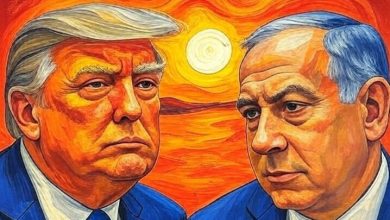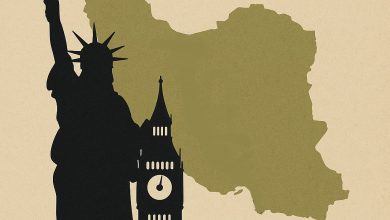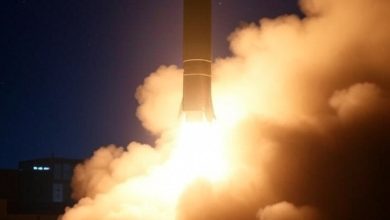Iran-U.S. Tensions: Rethinking Conflict, Intervention, and a New Regional Order

In recent years, the Middle East has emerged as one of the most geopolitically challenging regions in the world. The convergence of domestic, regional, and international interests has created a landscape marked by chronic instability, persistent security crises, and strategic competition. Among the most pivotal dynamics shaping this environment is the antagonistic relationship between the Islamic Republic of Iran and the United States—especially since Washington’s unilateral withdrawal from the Joint Comprehensive Plan of Action (JCPOA) in 2018. This confrontation is not simply the product of short-term political decisions, but is deeply rooted in power structures, geopolitical calculations, and ideological pressures, influenced by powerful actors such as AIPAC, the U.S. military-industrial complex, and Washington’s regional allies.
One of the main instruments used by the United States to pursue its strategic goals in the Middle East has been interventionist policies, often justified under the banners of “democratization,” “counterterrorism,” or “protecting global interests.” However, these policies have frequently led to the destabilization of independent governments, the empowerment of dependent quasi-state structures, and the deepening of security voids across the region.
Donald Trump’s visit to the Middle East was part of a broader strategy aimed at rebuilding anti-Iran security alliances. The financial, political, and logistical support provided by countries such as Saudi Arabia, the UAE, and Qatar points to a larger geopolitical scenario designed to strategically constrain Iran and undermine its regional influence—particularly within the framework of the so-called Axis of Resistance.
These same countries have previously played key roles in major regional crises, including the Gulf War, the ousting of Saddam Hussein, and the conflicts in Syria and Yemen—all in line with American and Israeli interests. From a geopolitical analysis perspective, this trend signals the formation of a “regional interventionist alliance” aimed at redefining the power geography of the Middle East to serve the interests of extra-regional actors.
In the face of such threats, Iran can only establish effective deterrence through a multidimensional strategy. Strengthening social cohesion, systematically combating corruption, enhancing transparency in decision-making institutions, and redefining the relationship between the state and civil society are essential measures for reinforcing political legitimacy and organizing national resistance against external pressures. A government plagued by internal conflicts, structural corruption, and a lack of public trust is significantly more vulnerable to international coercion.
Effective deterrence is not grounded solely in military capacity, but also in legitimacy—both at the domestic and international levels. A nation that possesses internal unity, historical consciousness, and trust in its leadership is better equipped to resist hybrid and psychological warfare. The historical example of the Vietnam War—where a militarily weaker actor successfully resisted a superior force—continues to inform U.S. military doctrine to this day.
One of the troubling trends of the current era is the instrumental use of democratic and human rights discourses by Western interventionist powers. In many cases, these narratives are not deployed to support indigenous political development, but rather serve as tools for pressure, sanctions, military intervention, or engineered regime change. This approach has undermined the credibility of democracy itself and legitimized the rise of “pseudo-democracies.”
At a broader level, the continuation of the U.S.’s unilateral and militarized approach has created opportunities for emerging Eastern powers—particularly China—to offer alternative, softer, and more cooperative models on the global stage. Initiatives like China’s Belt and Road Initiative represent efforts to build a new economic-geopolitical order in which U.S. dominance is curtailed. Within this framework, the confrontation with Iran can be seen as part of a wider geopolitical struggle, where the narrative of the “Rise of the East and the Decline of the West” is gaining increasing traction.
For Iran, navigating this historical juncture demands a comprehensive and multidimensional strategy—one that includes internal structural reforms, intelligent engagement with global powers, the reinvention of national discourse, and a form of strategic resistance to foreign interventions. The next major conflict may not be merely a military battle, but rather a civilizational confrontation over the very notions of “sovereignty,” “territorial integrity,” and “the right of nations to self-determination.” In this struggle, only those nations that can fuse strategic rationality with popular will are likely to prevail.






